




 2
2




 1
1








 2
2




 1
1




 2
2




 2
2




 2
2




 4
4




 1
1




 1
1




 1
1




 2
2




 2
2




 4
4




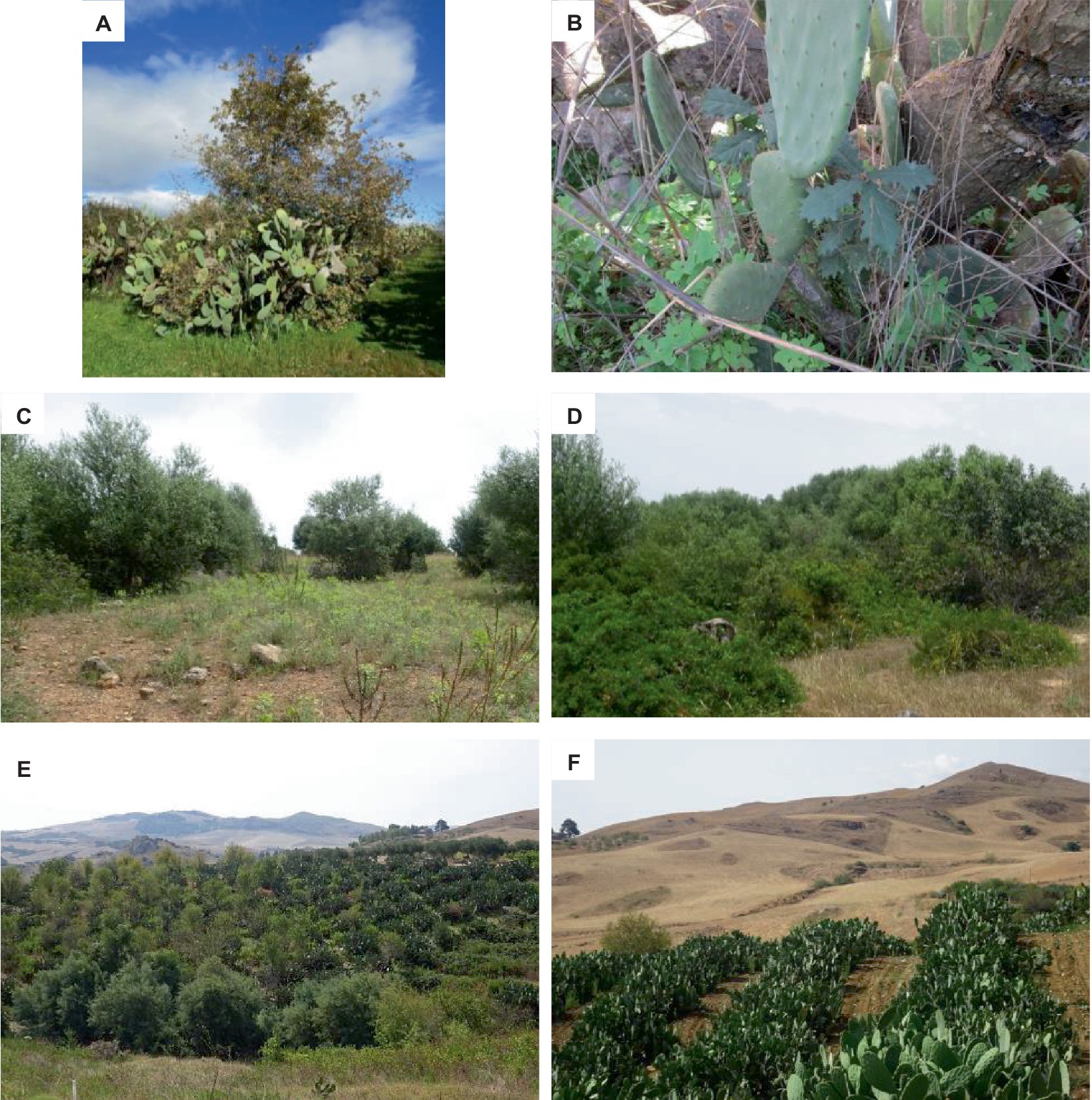
 2
2




 3
3




Konstantinos Karoubas wrote:Hello everyone,
Trying to grow trees in arid zone/barren places is difficult and expensive, in both time and money. Both are scarce commodities. One way to establish ground cover and to create new soil is to plant closely spaced trees. I have found here in Greece that almond tree and apricot tree nuts will sprout without any care and produce trees without watering or any care.
Simply bury the nuts in the ground in late September and in late spring you will have young trees growing - they do not need to be watered - even in the sizzling heat of August the young trees survive - in the first year, the young trees shed their leaves and even the trunk dies, but in the second spring the trees come back.
To me this amazing - a person can devote an hour of his/her life and create a mini forest using almond and apricot nuts. Care of course must be taken to collect nuts from healthy and disease free trees - not to old or young, etc.
I hope others will try this in arid/barren places and report back on the results. Also if you have any experience with other trees that have the same characteristics please let us know.
We need to plant millions of trees and every bit helps.
Kostas




Konstantinos Karoubas wrote:
If you could give us an updates on your almonds. If they didn't survive at all ie if you had 100% failure rate, that's all right. As we mentioned before failure and set backs we should welcome them. Easy success should be viewed suspiciously.
Very interesting concept to utilize the cactus pads to create a mini environment for our seeds such as acorns, almonds, etc.
Good article.
The cactus pads may allow us to plant trees in semi desert environments such as the Middle East or Northern Africa.

 4
4




 7
7




 3
3




'What we do now echoes in eternity.' Marcus Aurelius
How Permies Works Dr. Redhawk's Epic Soil Series
 2
2




 3
3




 5
5




Avoiding power
 1
1




 4
4




Avoiding power
 2
2




 1
1




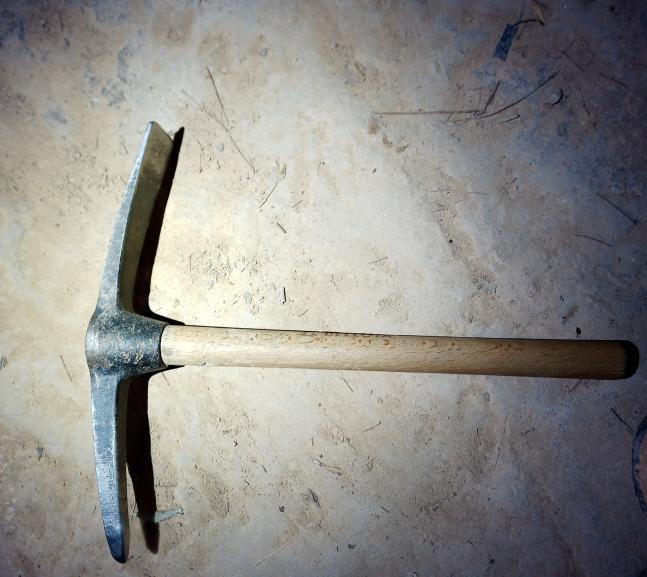
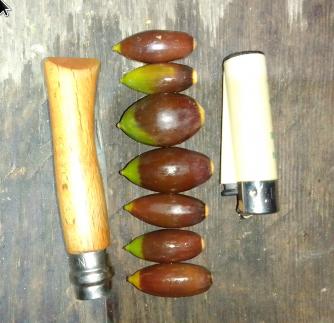
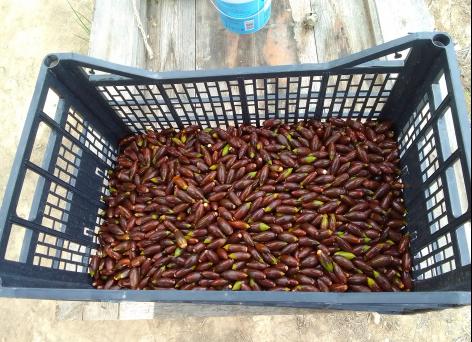
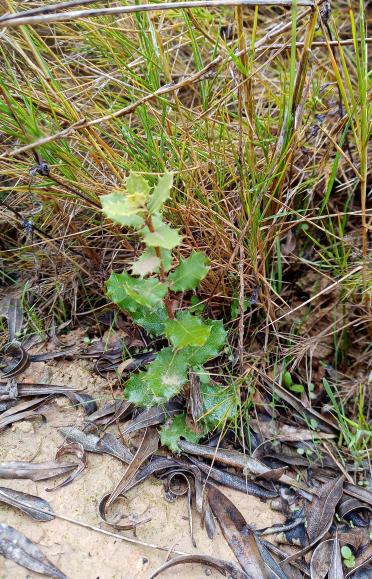
Avoiding power
 1
1




 1
1




 1
1




 1
1




 2
2




 2
2




 2
2




 3
3




row row row your boat, gently down the stream
merrily merrily merrily, merrily, life is but a dream.
 3
3




row row row your boat, gently down the stream
merrily merrily merrily, merrily, life is but a dream.
 1
1




 1
1





|
Your mind is under my control .... your will is now mine .... read this tiny ad
The new gardening playing cards kickstarter is now live!
https://www.kickstarter.com/projects/paulwheaton/garden-cards
|








